The height of the fence, the terrain's soil composition as well as the amount of frost are just a few of the...
- All Categories
-
Structural Timber
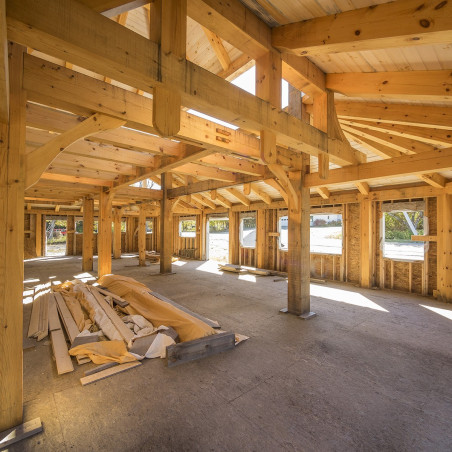
Structural Timber
A selection of the finest Structural Timber products on the market.
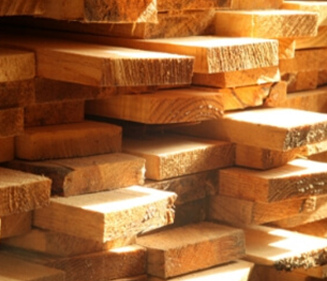
NEED HELP?
Our expert team are on hand to help you when you need it! Simply give us a call on
01536267107
OR
GET IN TOUCH -
Outdoor Timber
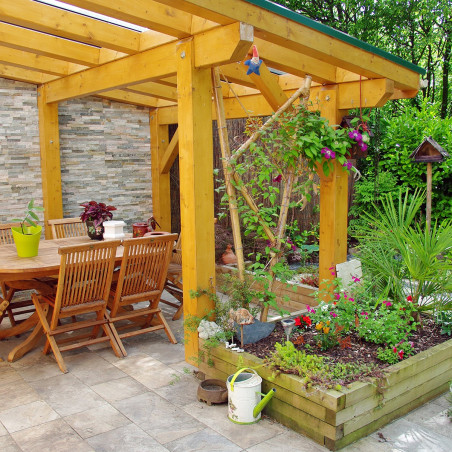
Outdoor Timber
A selection of the finest Outdoor Timber products on the market.

NEED HELP?
Our expert team are on hand to help you when you need it! Simply give us a call on
01536267107
OR
GET IN TOUCH -
Indoor Timber
- Solid Hardwood Flooring
- Oak Flooring
-
Solid Wood Joinery Products
- Kiln Dried Oak Board Packs
-
Solid Wood Doors
- All Solid Oak Doors
- Prestige Solid Oak Doors
- Priory Solid Oak Doors
- All Solid Ash Doors
- Prestige Solid Ash Doors
- Priory Solid Ash Doors
- All Solid Douglas Fir Doors
- Prestige Solid Douglas Fir Doors
- Priory Solid Douglas Fir Doors
- Door Casing and Lining Sets
- Ash Door Casing and Lining Sets
- Douglas Fir Casing and Lining Sets
- Kiln Dried Interior Cladding/Panelling
- Treatments

Indoor Timber
A selection of the finest Indoor Timber products on the market.

NEED HELP?
Our expert team are on hand to help you when you need it! Simply give us a call on
01536267107
OR
GET IN TOUCH -
Custom Cutting
.jpg)
Custom Cutting
A selection of the finest Custom cut products on the market.

NEED HELP?
Our expert team are on hand to help you when you need it! Simply give us a call on
01536267107
OR
GET IN TOUCH -
Express Delivery

Express Delivery
A selection of the finest Express Delivery products on the market.

NEED HELP?
Our expert team are on hand to help you when you need it! Simply give us a call on
01536267107
OR
GET IN TOUCH -
Fuels
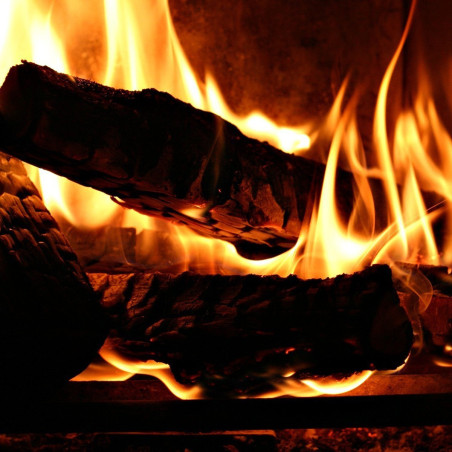
Fuels
A selection of the finest Fuels products on the market.

NEED HELP?
Our expert team are on hand to help you when you need it! Simply give us a call on
01536267107
OR
GET IN TOUCH -
Clearance & Offers

Clearance
A selection of the finest Clearance products on the market.

NEED HELP?
Our expert team are on hand to help you when you need it! Simply give us a call on
01536267107
OR
GET IN TOUCH - Help & Info
Latest posts
-
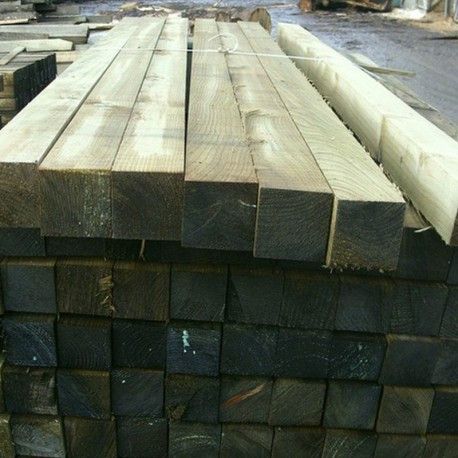 How Deep Should a Fence Post Be Set?Read more
How Deep Should a Fence Post Be Set?Read more -
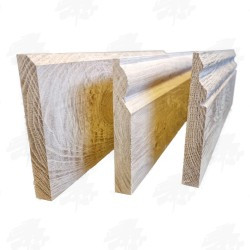 What is The Most Modern Skirting Board?03/14/2025Read more
What is The Most Modern Skirting Board?03/14/2025Read moreModern skirting applications achieve their best results through combinations of modern design principles with...
-
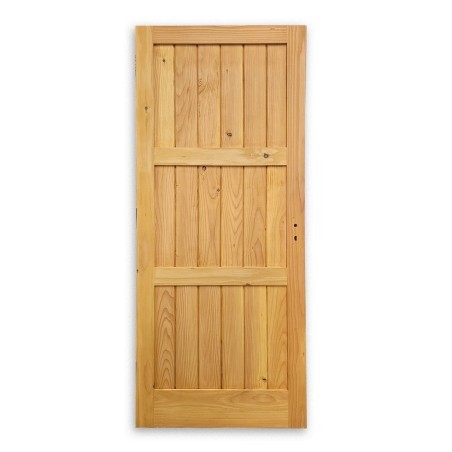 Are Solid Wood Doors Energy Efficient?02/14/2025Read more
Are Solid Wood Doors Energy Efficient?02/14/2025Read moreEnergy costs have dramatically increased during the past three years and show no signs of decreasing soon. With that...
-
 Oak Worktops: The Ultimate Guide for Your Kitchen01/17/2025Read more
Oak Worktops: The Ultimate Guide for Your Kitchen01/17/2025Read moreAt UK Timber, our stance on this is loud and clear! It's no secret that Oak Worktops have much to offer...
-
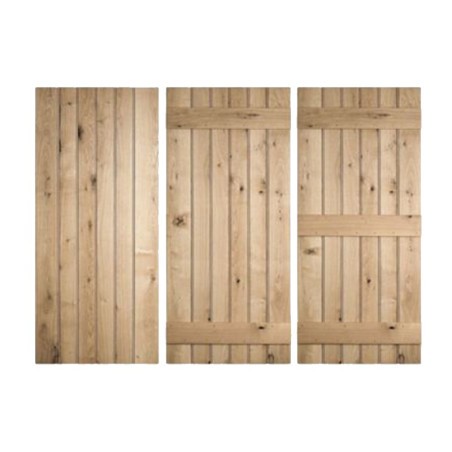 Should You Oil or Stain Oak Doors? Your Complete Guide12/16/2024Read more
Should You Oil or Stain Oak Doors? Your Complete Guide12/16/2024Read moreIf you're looking to enhance your oak doors, you've likely wondered whether oiling or staining is the better choice....
-
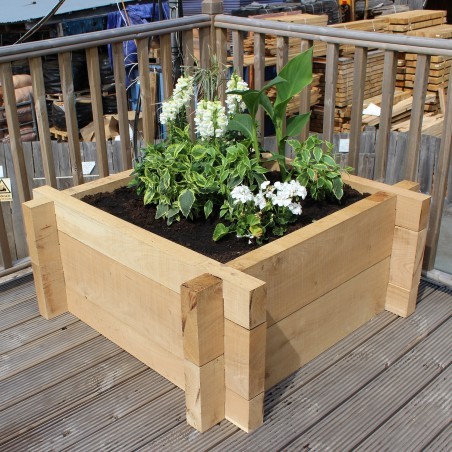 Do Raised Bed Kits Need a Base?11/06/2024Read more
Do Raised Bed Kits Need a Base?11/06/2024Read moreAn elevated gardening bed is another way to describe what’s typically known as a raised bed kit and is a way to store...
-
 8 Timeless Timber Garden Features to Transform Your Outdoor Space08/16/2024Read more
8 Timeless Timber Garden Features to Transform Your Outdoor Space08/16/2024Read moreAdding timber features to your garden does something more than just make a statement in a yard; it gives it some of...
-
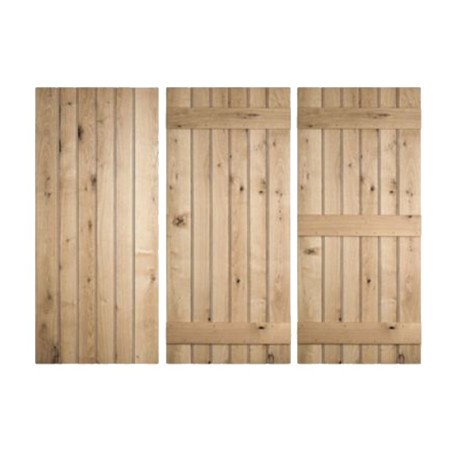 What is the Best Stain for Solid Oak Doors?06/27/2024Read more
What is the Best Stain for Solid Oak Doors?06/27/2024Read moreSolid oak doors are by far a classic choice for any house, offering strength, versatility, natural beauty and a touch...
-
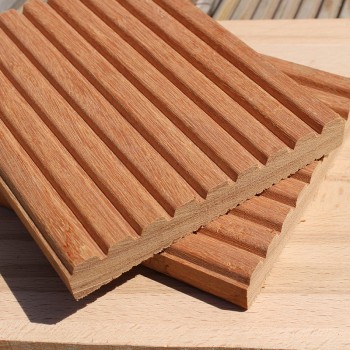 Decking vs. Patio: Which Is the Best Option for Your Home?04/26/2024Read more
Decking vs. Patio: Which Is the Best Option for Your Home?04/26/2024Read moreDecking can certainly bring a warm feel to your garden décor —not to mention an abundance of character. This type of...
-
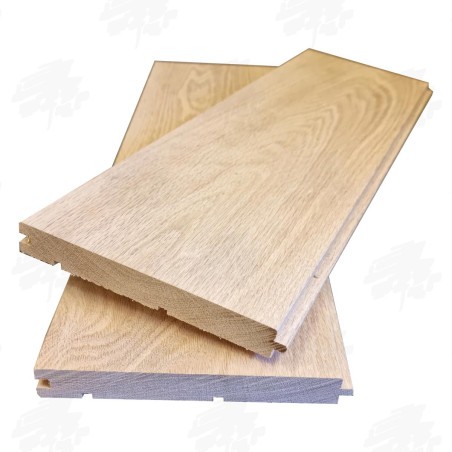 Is Hardwood Really Better Than Laminate?12/12/2023Read more
Is Hardwood Really Better Than Laminate?12/12/2023Read moreChoosing between hardwood and laminate ultimately comes down to lifestyle factors and personal taste. But for...
Blog categories
Search in blog

How Deep Should a Fence Post Be Set?
The height of the fence, the terrain's soil composition as well as the amount of frost are just a few of the considerations that need to be made when thinking about the depth of the fence post. Choosing the right way to set the post also brings with it different options. Many property owners underestimate the importance of proper post installation, leading to sagging, leaning or completely collapsed fencing within just a few years.
Understanding the Basics
The Fence post depth rule is very straightforward. If the fence is going to be three feet tall, the post should extend one foot into the ground. In this case the post measurement would be three feet high which makes it one foot above the ground. Even though this is simple mathematics, it must take into consideration several other factors for the installation to be secure.
Key Factors Affecting Post Depth
Soil Composition
The type of the soil directly relates to the amount of support it provides. Parts of southern England have clay soils which do cause expansion, but not nearly as much as water contraction does. Coast regions have sandy soils which are less stable than clay and thus require deeper post holes. More troublesome areas include rocky terrains, but if properly secured, the depth can be shallower.
Fence Height and Type
Taller fences require wind bracing as well as deeper digging when setting the posts, and so do solid panel fences. The sail effect in high winds requires more substantial footing than open styles like picket or post-and-rail.
Regional Weather Influences
The diverse climate of the UK is essential in establishing fence post depth. Strong winds, mainly in coastal areas or hilltops will need deeper digging to install the posts. Places with regular being freeze-thaw cycles may need to go deeper to prevent frost heave.
Recommended Depths for Common Fence Types
Standard Garden Fencing (1.8m height)
For regular garden fencing, it is best to dig a 60cm trench because of their panels. This depth guarantees extreme ease of installation without compromising stability.
Tall Privacy Fencing (2m+ height)
Privacy fences require setting the posts at no less than 75cm. For areas with strong winds or shallow soil stability 90cm is advised
Low Decorative Fencing (1m height)
A height of 1m requires setting the post at a minimum of 30cm. 45cm is preferable for increased durability.
Agricultural Fencing
Farm and field fencing must endure livestock pressure and generally requires posting setup 75-90cm deep, depending on the intended use.
Professional Installation Suggestions
Holes that are 15cm wider than the post diameter should have concrete poured pliantly placed within them. Gravel at the bottom of each hole adds drainage improvement, post-water-jam-abridging-accumulation-poverty, and significantly extends post life.
For drying concrete, curing it properly increases its overall strength. The concrete should be poured above ground level until it is about 5cm above ground and is shaped to slope away from the post so that water does not collect around it.
In particularly difficult situations, consider adding metal fencing and concrete supports to increase stability without needing to dig excessively.
Understanding these principles ensures fence installations that stand the test of time, protecting property investments and preserving aesthetic appeal for years to come. Click to view our solid range of fence posts.
Related posts
-
 4 REASONS WHY COMPOSITE DECKING IS A WORTHWHILE INVESTMENT
August 16th 2022Read more
4 REASONS WHY COMPOSITE DECKING IS A WORTHWHILE INVESTMENT
August 16th 2022Read more -
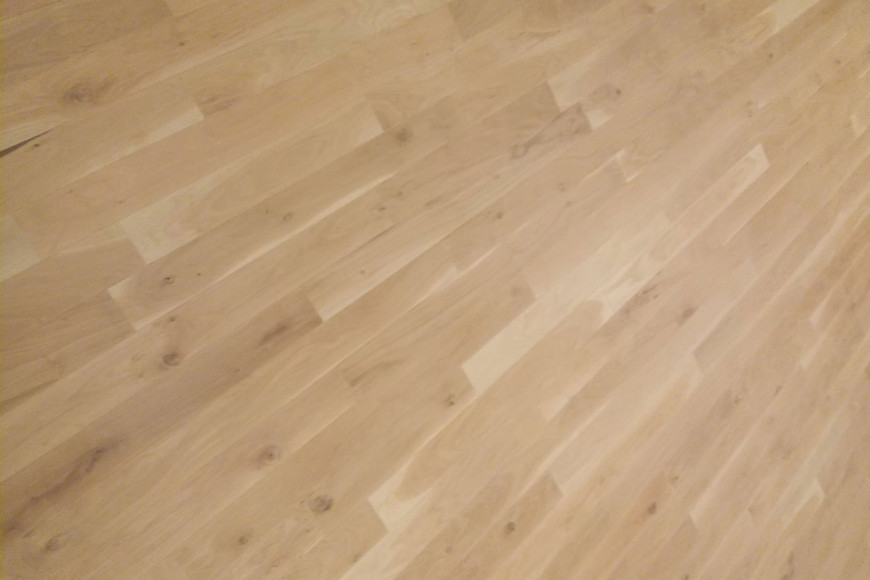 OAK FLOORING VS PINE FLOORING - WHICH ONE WINS?
July 21st 2023Read more
OAK FLOORING VS PINE FLOORING - WHICH ONE WINS?
July 21st 2023Read more -
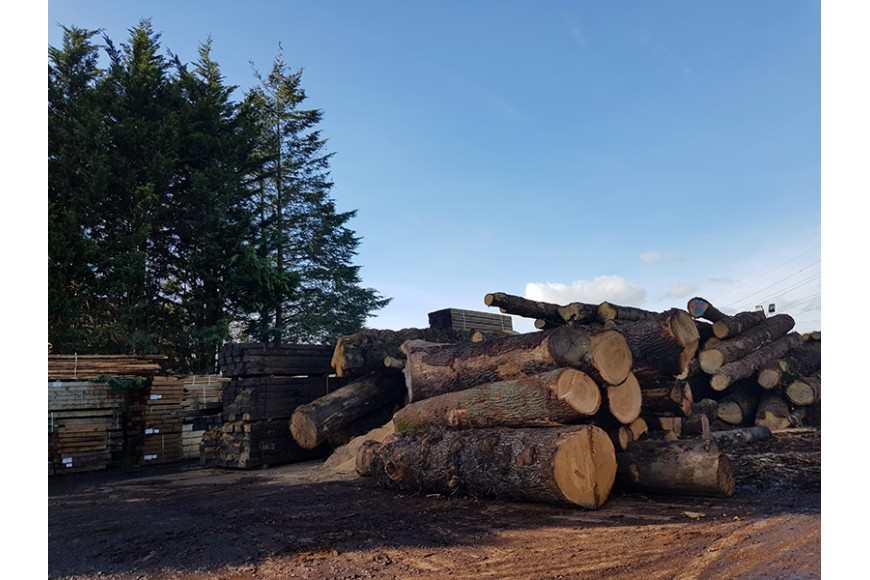 THE ADVANTAGES OF USING OAK FOR HOME AND GARDEN PROJECTS
July 21st 2023Read more
THE ADVANTAGES OF USING OAK FOR HOME AND GARDEN PROJECTS
July 21st 2023Read more -
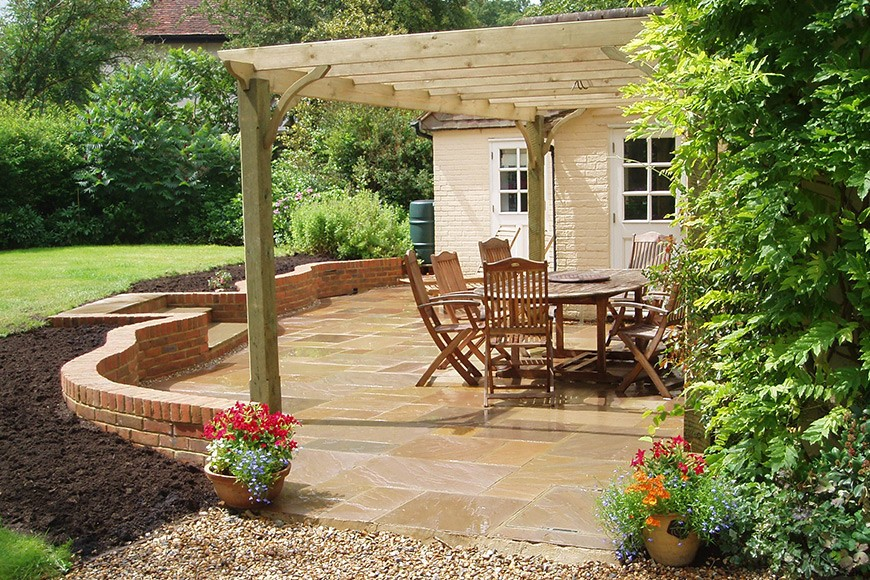 ENHANCE YOUR GARDEN WITH A PERGOLA OR TERRACE
July 21st 2023Read more
ENHANCE YOUR GARDEN WITH A PERGOLA OR TERRACE
July 21st 2023Read more -
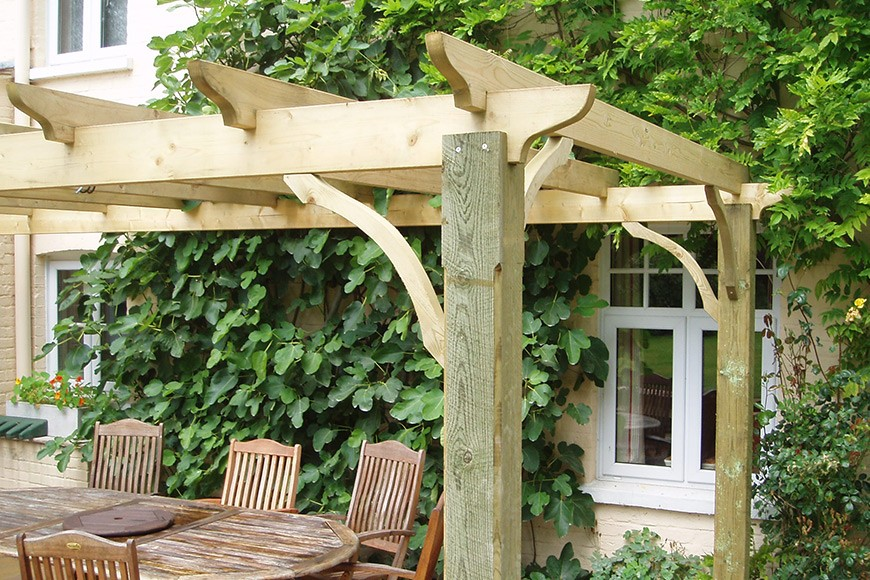 PERGOLA KITS: ENHANCING THE NATURAL BEAUTY OF A GARDEN
July 21st 2023Read more
PERGOLA KITS: ENHANCING THE NATURAL BEAUTY OF A GARDEN
July 21st 2023Read more
